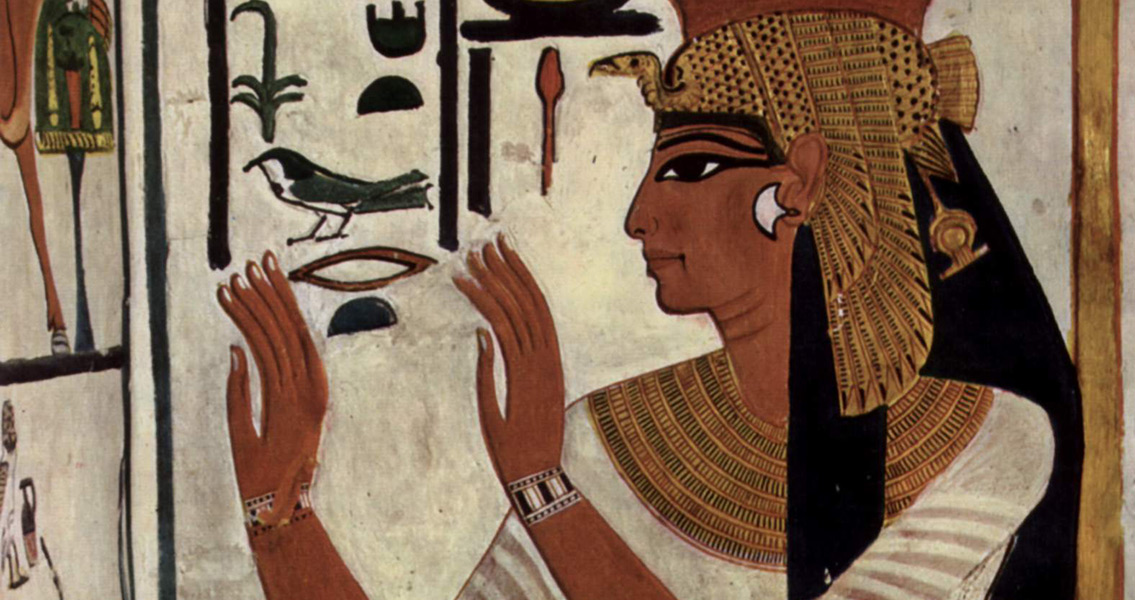<![CDATA[An uninspiring pair of mummified legs, on display at the Egyptian Museum in Turin, Italy, may in fact belong to one of ancient history’s most beautiful women, Queen Nefertari. So says a new study from an international research team who have, for the first time, analyzed the over 3,200-year-old remains. Discovered in 1904 by Italian archeologist and diplomat Ernesto Schiaparelli, the two disjointed and mummified legs were unearthed along with fragments of a pink granite sarcophagus believed to have held Nefertari’s mummy along with a pair of sandals. Nefertari (not Nefertiti, the half-sister of Tutankhamun, who lived a dynasty earlier) was the first and favored wife of the Pharaoh Ramses II, a warrior who reigned from 1290 until 1224 BCE in the early nineteenth Dynasty. "She is the only queen from the Ramesside era to have been likely identified so far," Egyptologist Michael Habicht from the Institute of Evolutionary Medicine, University of Zurich, Switzerland, told Seeker, adding, "Nefertari is one of the truly great and important queens of Egypt and plays in the league of Hatshepsut, Nefertiti and Cleopatra," The legs are comprised of the fragmented thigh bones, the kneecap and a piece of the tibia, where it becomes wider as part of the knee joint. The scale of the bones suggests the ancient Egyptian was tall and slim. Highly educated, Nefertari was actively involved in foreign politics. She’s also known for her extravagantly decorated tomb in the Valley of the Queens, which included amazing wall paintings depicting her in uncharacteristically lifelike form. Little is known about her actual death, however, although Egyptologists have estimated that she probably died sometime during her husband's 25th year as Pharaoh, when she was around 40 to 50 years old. "We know that she gave birth to four sons and four daughters and that she attended the opening ceremony of the rock-cut temples of Abu Simbel in the year 24 of Ramses II's reign. After that event, she disappeared from history," Habicht says in the Seeker article. Anthropometric reconstruction in conjunction with the knee size reveals that the legs belonged to a woman who stood from 165 cm. (5 ft. 5 in.) to 168 cm. (5 ft. 6 in.) tall. An independent analysis by Maciej Henneberg from the University of Adelaide, Australia, confirmed the findings. Data about the women living at this time show that she would likely have been taller than 84 percent of other women. Additionally, the materials used for the embalming process are consistent with mummification traditions at the time and X-rays taken of the left knee indicate what could be possible signs of arteriosclerosis, suggesting they were the legs of an elderly person. "Although no absolute certainty exists, the results speak in favor of an identification of the remains as Nefertari's," Frank Rühli, head of the Institute of Evolutionary Medicine at the University of Zurich in Switzerland and lead author of the study, told Seeker. The mystery, however, is not totally solved; the authors admitting the identification lacks absolute certainty due to some failed analysis and the fact Nefertari's tomb, referred to as QV66, was not an original undisturbed site. It had been plundered heavily in ancient times and her mummy was torn apart and thrown around by the robbers. DNA testing was inconclusive because of contaminated samples unsuitable for analysis, and radiocarbon dating yielded strange results – they showed the remains predating the estimated lifespan of Nefertari's by approximately 200 years. "A discrepancy between radiocarbon dating and Egyptian chronology models has long been debated. Indeed, some question on the chronological model of the New Kingdom may now arise," Habicht says in the article, adding, "For the future, we strongly suggest radiocarbon dating of other royal and non-royal remains of the Ramesside era, in order to validate or disprove the chronology.". The study has been published in the journal PLOS ONE. ]]>
Long Discovered Mummified Legs Belonged to Queen Nefertari
